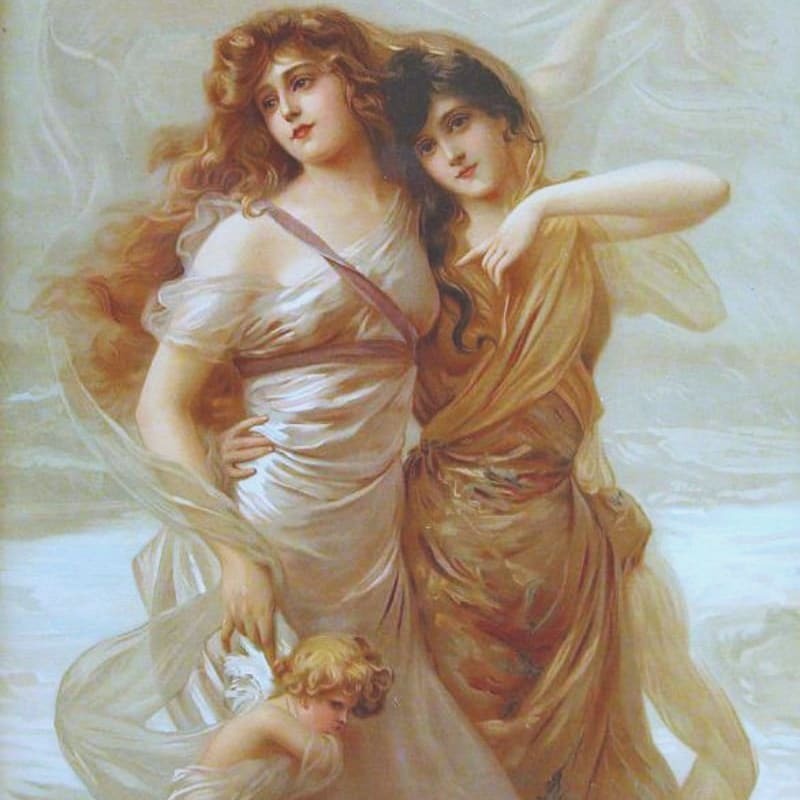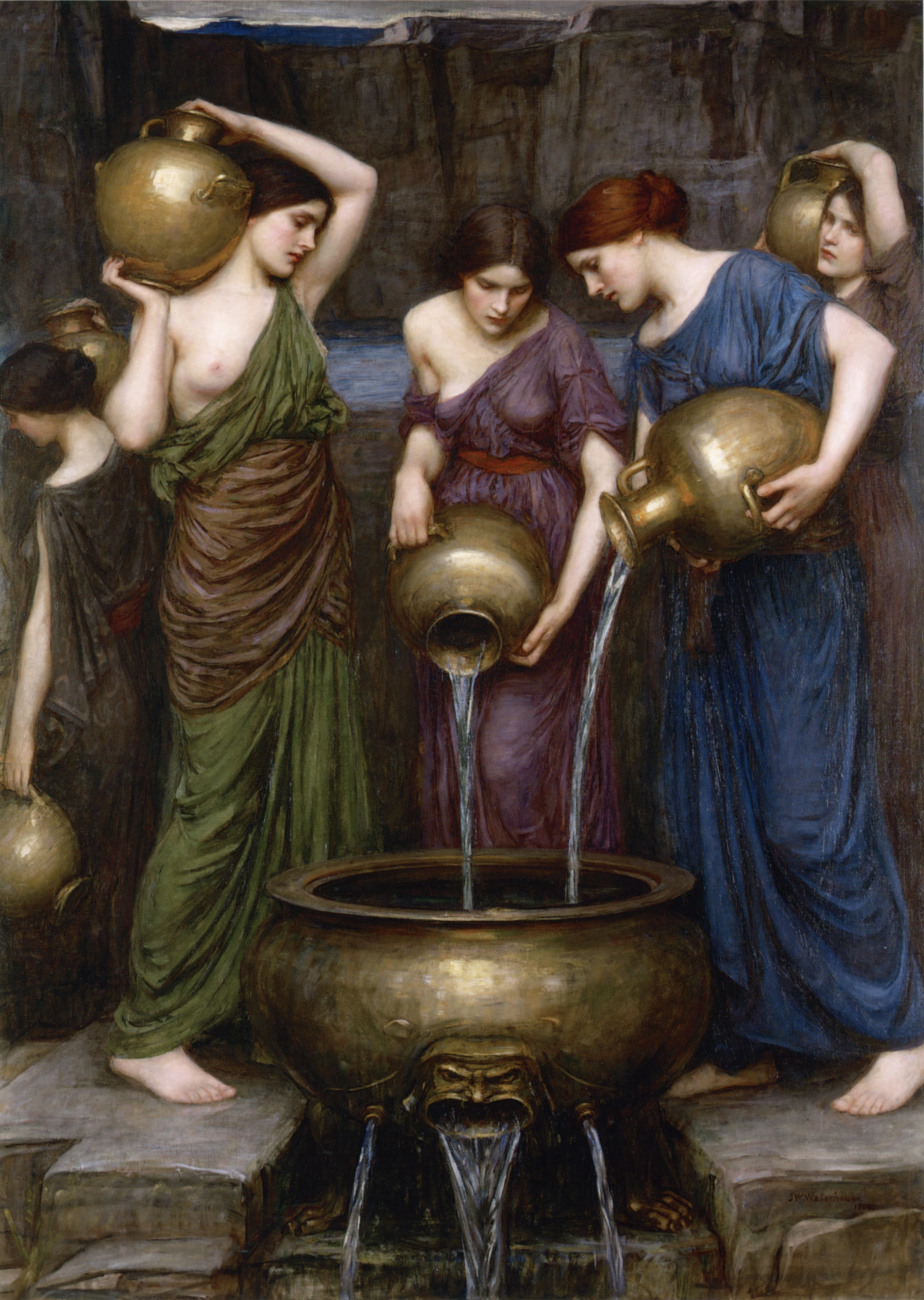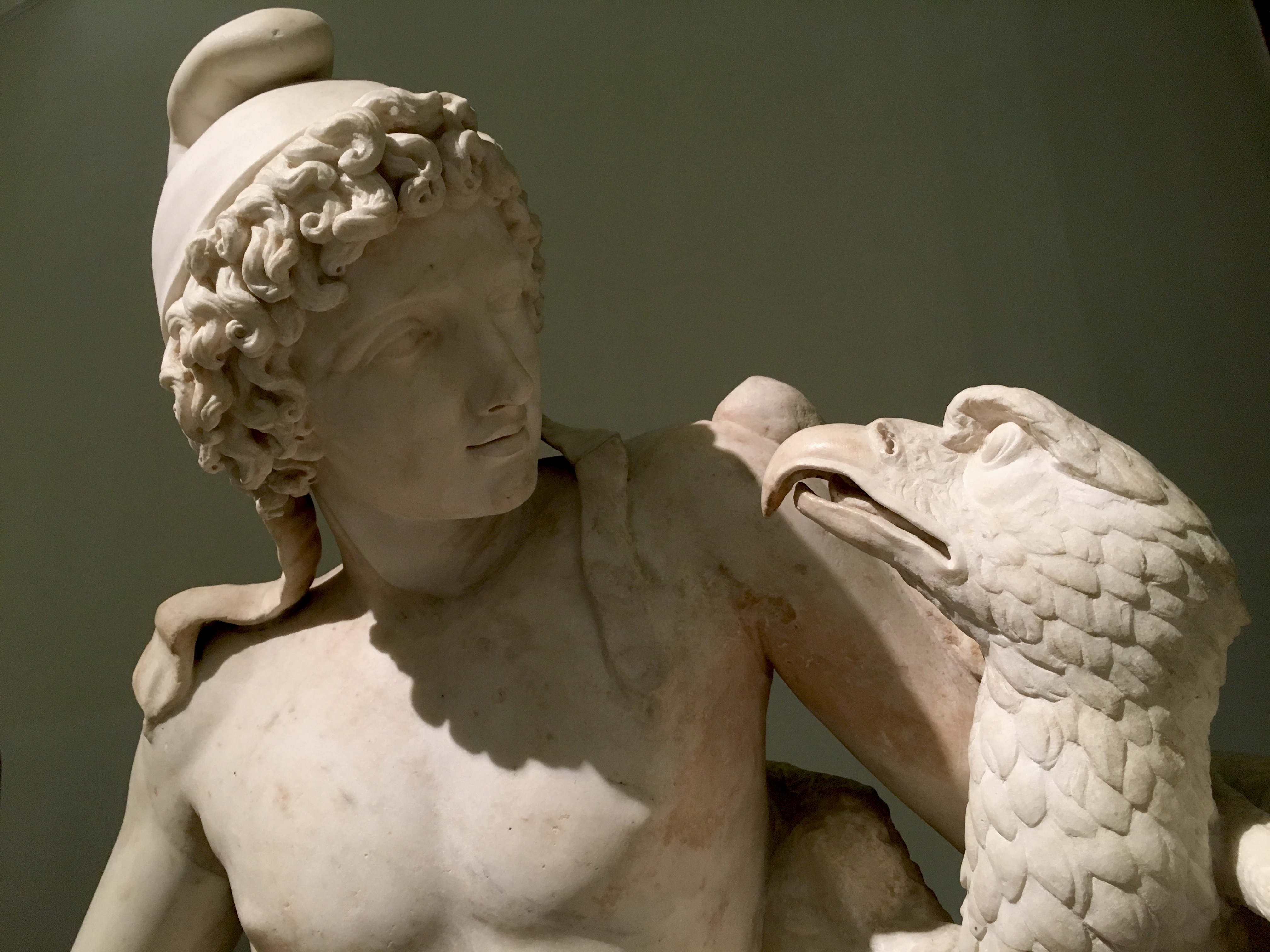(Brief answer: we designed them)

Peter Frost is a Canadian anthropologist. His main research interest has been the role of sexual selection in highly visible human traits, notably diverse hair and eye colors. Other interests include vitamin D metabolism in northern hunting peoples and gene-culture coevolution, such as genetic pacification due to the state monopoly on violence (reduction of propensity for personal violence).
Grégoire Canlorbe: You are best known for your claim that the most plausible origin for the light coloration of skin in Europeans is sexual selection rather than natural selection. Could you remind us of your argument?
Peter Frost: It’s not just light skin. It’s also the extraordinary variety of hair and eye colors. I prefer to begin with them because they are much less explainable by anything other than sexual selection.
Take hair color. Most humans have black hair and one allele for hair color. Europeans have over two hundred for colors ranging from black to blond. The conventional explanation is straightforward: As humans entered higher latitudes, with less solar radiation, there was less selection for dark skin and, consequently, an accumulation of defective alleles for pigmentation. So the number of hair colors grew as a side effect.
That scenario has two problems. First, the genetic linkage between skin color and hair color is weak. If we took all humans with black hair, we would have a group with the full range of skin colors. Second, millions of years are needed to accumulate that many alleles through relaxation of selection. Yet modern humans have been in Europe for scarcely 45,000 years.
Did Europeans get their hair colors from the Neanderthals? According to a study of five alleles for red hair, one of them seems to be an archaic introgression, but the others are of modern human origin. Even if we assume that all of the alleles for hair color had slowly accumulated during the long existence of the Neanderthals, the timeline is still too short—at most three quarters of a million years. Furthermore, even if they all had a Neanderthal origin, we would still need to explain how they reached their current prevalence. Europeans today are only 1 to 4 percent Neanderthal.
That’s not all. Eye color, too, diversified during the same 45,000 years. So two polymorphisms—for hair and eye color—have developed in parallel with different genetic causes and within the same limits of time and space. There must have been a process of selection. Something helped preserve those new colors and pass them on to subsequent generations.
That something, in my opinion, was sexual selection. It begins when too many of one sex have to compete for too few of the other. The latter are in a buyer’s market and can pick and choose among prospective mates. Conversely, the “sellers” are in a worse position and must market themselves as best they can. They succeed by attracting attention and holding it as long as possible, typically by means of bright colors.
Sexual selection is consistent with the evolution of European hair and eye color in four ways:
First, the European color pattern has become more developed in one sex. Specifically, hair and eye colors are more varied among women than among men, with infrequent colors more common among women and frequent ones less common. A UK Biobank study found that red hair is especially prevalent among women, followed by blond hair and light brown hair. Conversely, the same study found that black hair is three to five times less common among women than among men. The different eye colors are likewise distributed more uniformly among women. These sex differences seem to be due to the action of estrogen during fetal development. A Czech study found that face shape was more feminine in blue-eyed men than in brown-eyed men, as if a single factor had feminized both face shape and eye color.
Second, dark colors have given way to brighter colors, even though new dark colors could have been created. Hair is carrot red, not beet red. Eyes are light blue, not navy blue. Brightness increases visual impact, causing the observer to watch the image longer and keep it in memory longer.
Third, broad-spectrum colors have given way to narrow-spectrum, “pure” ones. A pure color has relatively few wavelengths and is restricted to a narrow slice of the visible spectrum. Such colors don’t happen by accident. They are unusual in the natural world and almost always serve to attract attention, either as a warning coloration or as a means to attract a mate.
Fourth, a single color has given way to a variety. A color grabs attention not only by being bright within a narrow slice of the spectrum but also by being novel. If a particular color becomes too common, it will be less novel and less attractive, and the pressure of sexual selection will shift to more unusual ones. A variety of colors will thus coexist and grow in number as more appear through mutation.
But why would sexual selection be stronger in Europe than elsewhere? Keep in mind that most Europeans did not look European until late in time, almost at the dawn of history. As late as the Mesolithic, pale skin and diverse hair and eye colors were confined to Scandinavia, the Baltic countries, and areas farther east. The oldest dating of blond hair goes back 18,000 years in central Siberia. We know all this from DNA in human remains. Inferential methods place the emergence of pale skin within the same time frame: 19,000 to 11,000 years ago according to one research team, and 19,200 to 7,600 years ago according to another. That’s more or less the last ice age, and long after modern humans had come to Europe. As a Science correspondent wrote: “The implication is that our European ancestors were brown-skinned for tens of thousands of years.”
We still need more data, but it seems that the current European phenotype arose during the last ice age, some 10 to 20 thousand years ago, among hunting people who inhabited the plains stretching from the Baltic to Siberia. Their women were subjected to strong sexual selection for two reasons. First, men were fewer in number. In a hunting society, male mortality increases as hunters cover longer distances, and average hunting distance is longest in open northern environments. Second, polygyny was less frequent. Since men provided almost all the food, the effort of providing for a second wife and her children was impossible for all but the best hunters. With few polygynous men, and fewer men altogether, women were in a tough market—too many competing for too few. Even slight improvements in attractiveness could make a big difference.
Why didn’t the new phenotype survive in Siberia? First, the colder and drier climate kept human numbers smaller than in Europe, the Gulf Stream being too distant to exert its warming and moistening influence. So the effects of sexual selection could not survive and accumulate as much, especially when the population contracted at the height of the ice age. Other humans then moved in as the climate turned warmer. Nonetheless, as shown by ancient DNA, the new phenotype did persist in south-central Siberia as late as the fourth century. Its population base had probably become too small to ensure its long-term survival.
Final question: Why are Europeans diverse for hair and eye color but not for skin color? The reason may be a pre-existing sex difference that oriented sexual selection in one direction. In all human populations, girls become lighter-skinned during adolescence, with the result that young women are noticeably fairer than young men. A fair complexion was traditionally valued in women, who would make themselves even fairer by avoiding the sun, by wearing protective clothing, and by using face powders. This gender norm has existed across all cultures with one exception, albeit a big one: the tanning craze of Western women since the early 20th century. Thus, at least in premodern times, fairer women were preferred, and such a preference, under intense sexual selection, would eventually drain the gene pool of alleles for dark skin. This may explain the strange albino-like skin of Europeans.
This episode of intense sexual selection probably did much more than change hair, eye, and skin color. Those effects are the most obvious, and the hardest to explain otherwise.
Other effects might include changes in hair form. Hair form was originally thick and straight across northern Eurasia. It then diversified in Europe during the same narrow timeframe that saw hair and eye colors diversify. From being thick and straight it became thin with diverse textures. About 45 percent of Europeans now have straight hair, 40 percent wavy hair, and 15 percent curly hair. The cause was probably the same desire for novelty that created the palette of hair and eye colors. A novelty effect has in fact been shown in an Austrian study, which found that women tend to change their hair form to a less common one.
__________
Read it all on American Renaissance.









